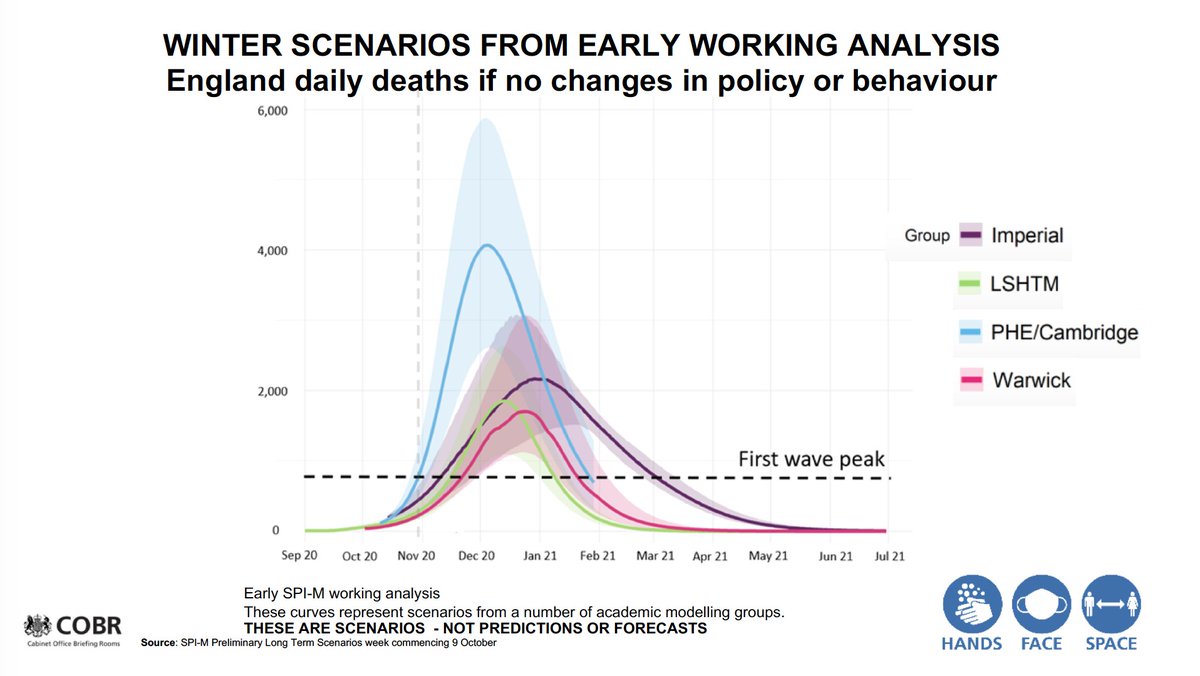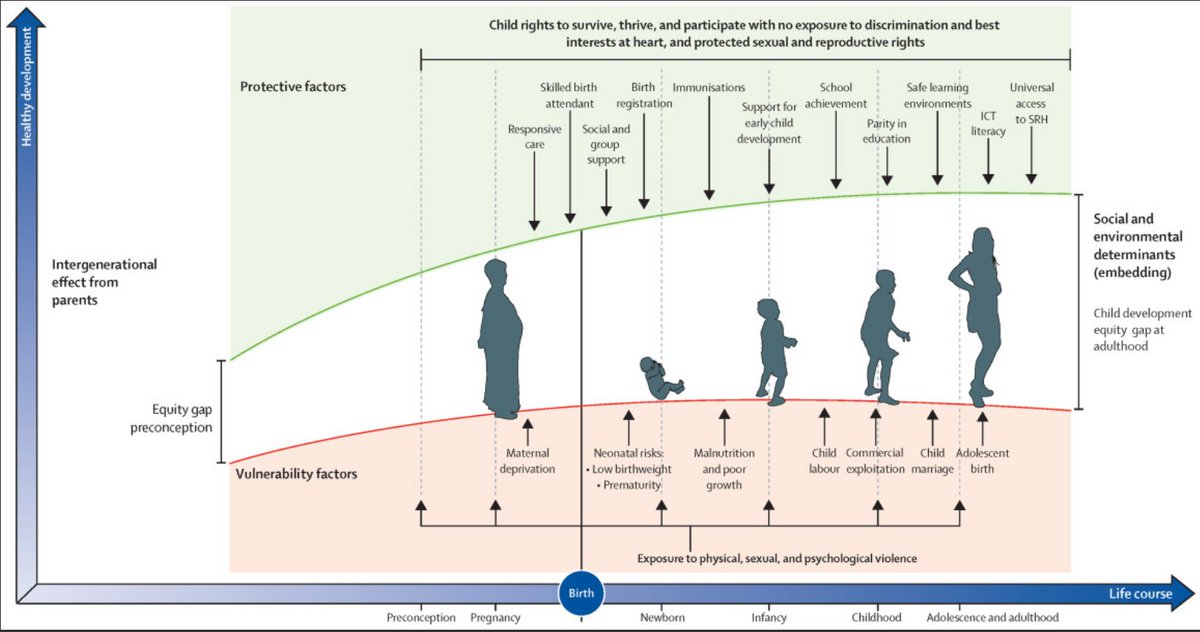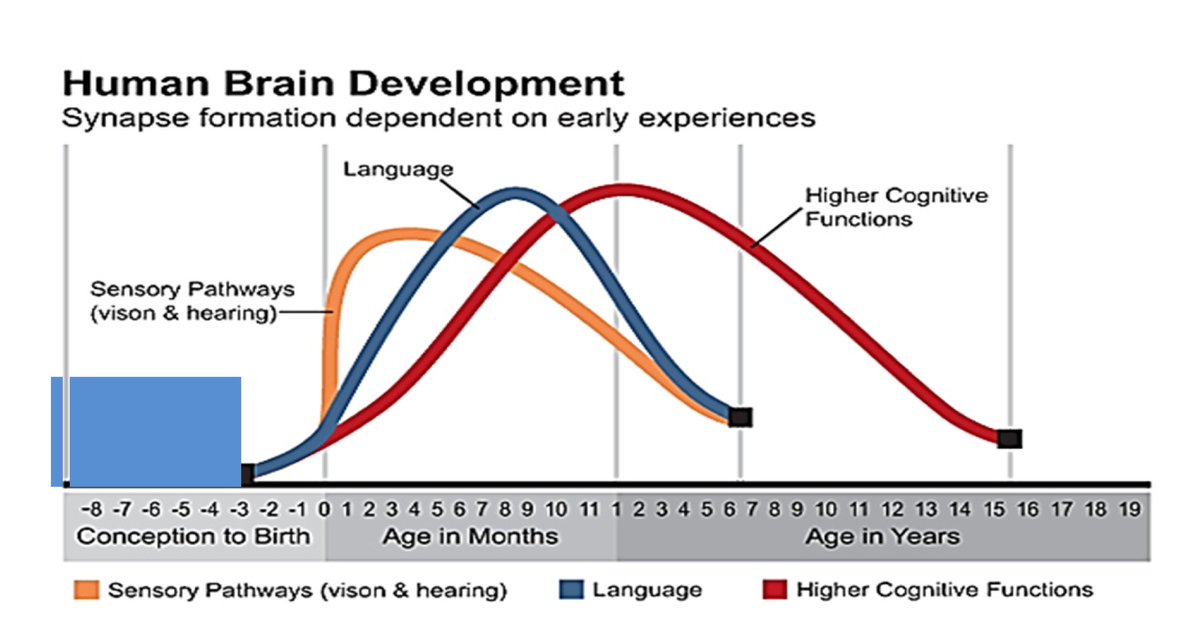
Modellers believe that spreading out our limited supply of vaccine as single doses for 3 months will save up to 6000 lives. One concern though is whether single doses might lead to 'vaccine resistance' through virus mutation. (1)
If we assume that over the next 12 weeks 12-20 million people get one dose of a vaccine and are told or believe it gives 90% protection what % will actually go for a second jab? We might assume second dose coverage is at best 70%. (2)
That means between 4 and 6.7 million people might have fading protection. Will the risk of creating a vaccine resistant mutant in this group of people, which could spread rapidly to 7 billion people around the world, outweigh the benefits of 6000 deaths prevented. (3)
I was initially reassured by a paper sent to me by an eminent virologist. pnas.org/content/115/51… (4)
Essentially vaccine resistance is rare compared with drug resistance, first because multiple mutations are needed unlike for drugs, and second because vaccines tend to keep pathogens from ever achieving large population sizes within hosts. (5)
Nonetheless, vaccine resistance has been found with hepatitis B, whooping cough (B.pertussis, Strep. pneumoniae and other viruses, although these strains may die out through low transmissibility. (6)
Now I've read an excellent thread on the topic by a paediatrician and evolutionary geneticist. He refers to a study where the virus needed only 3 mutations to escape death from plasma full of neutralising antibodies.
https://twitter.com/Williams_T_C/status/1345708240382918658?s=20.
He concludes: "The longer SARS-CoV-2 is in circulation, + the greater the number of people infected, the more of a chance escape mutants will have to form...and imperil the unprecedented efforts put into vaccine development". (7)
I've also been sent another highly technical paper about Covid mutations. virological.org/t/mutations-ar… (8)
The paper concludes that "Widespread transmission of an emerging pathogen, such as SARS-Cov-2 can potentially lead to further mutations that affect transmissibility or effectiveness of countermeasures." (9)
The take home message is that where transmission remains high, viral mutations are more likely, which could change transmission rates, virulence or induce vaccine resistance. (10)
Giving single doses of vaccine might be fine in China, Taiwan or Norway, or any of about 70 countries with low transmission rates. But up to three million people in the UK may be infected, so the risks of mutations and vaccine resistance are much higher (11)
We've already seen a variant which appears to increase transmission by 50% or more. The difficult choice is between saving 6000 lives with a single shot policy and the risk of creating a vaccine resistant variant that could quickly cross borders. (12)
Whatever we decide, the message is that suppression of the virus must be at the centre of national strategy, not 'flattening the curve' which has, bizarrely, been official UK policy and advice since February 2020. (13)
• • •
Missing some Tweet in this thread? You can try to
force a refresh









